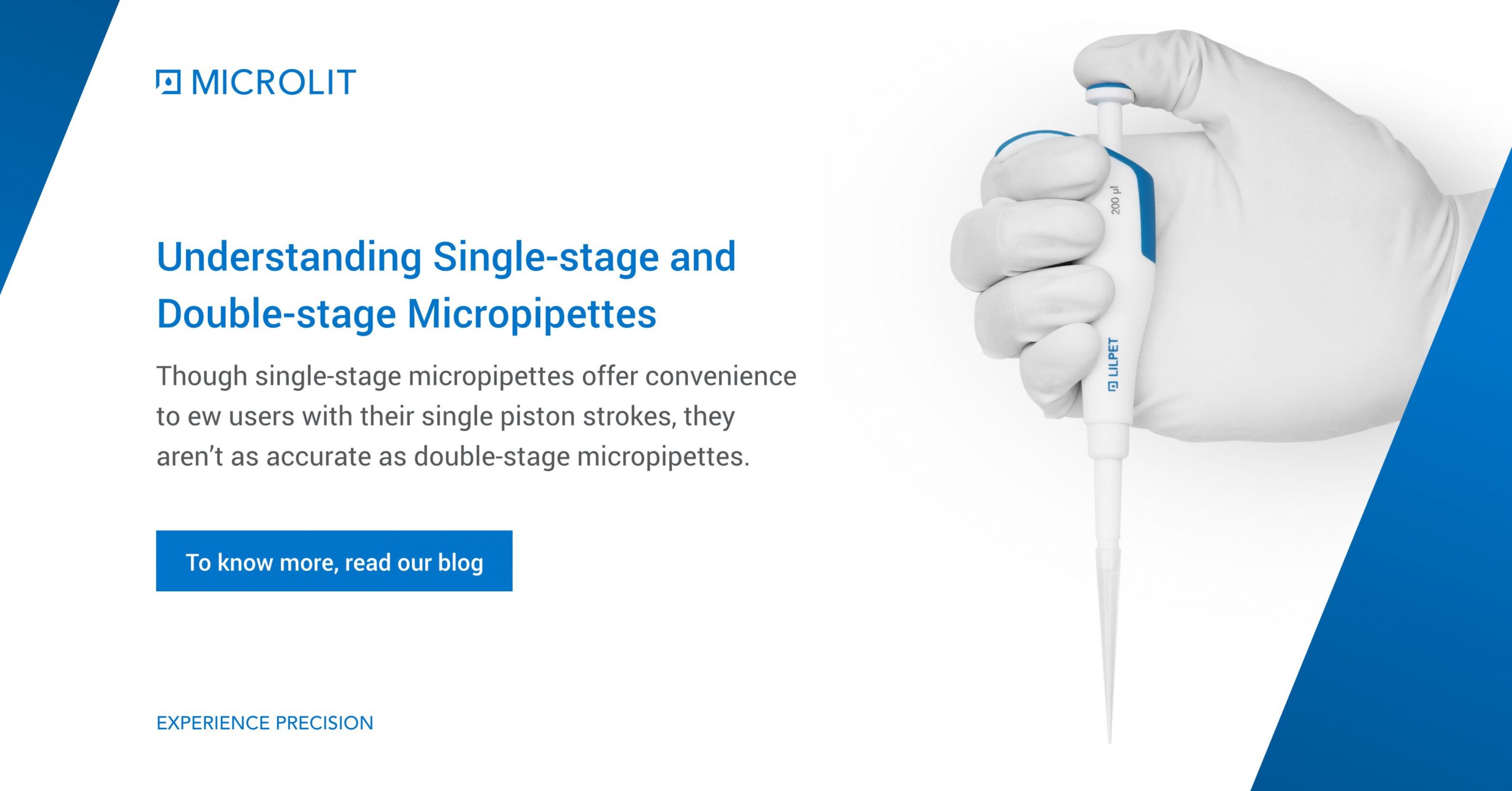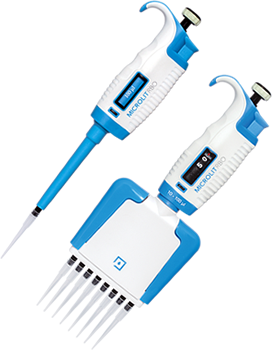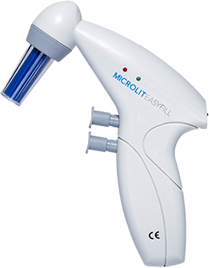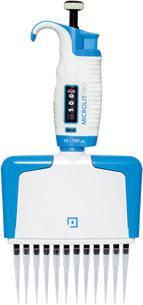Used in laboratories across industries like pharmaceuticals, F&B, environmental monitoring, life sciences, academics and more, pipettes are an essential tool and have been one since science has started to evolve. They are used to accurately measure and transfer a given quantity of a reagent from one vessel to another. A micropipette is capable of transferring volumes in the microliter range.
Almost all micropipettes operate on the same mechanism: Press the plunger with your thumb. When released, the reagent is drawn into a disposable plastic tip. When the plunger is pressed again, the reagent is dispensed.
In this blog, we’ll briefly discuss Microlit Lilpets, understand what single-stage and double-stage micropipettes are, how they’re different and the significance of that distinction.
What are Lilpets?
Microlit Lilpet, a miniature fixed-volume micropipette, is a cost-effective high precision liquid handling instrument with an ergonomic and intuitive design. It helps in performing sensitive operations with acute reliability in practical lab environments.
Some of the major fields where this micropipette is widely used include:
- In schools for research and experiment purposes.
- In mobile laboratories for soil testing and water testing, they enable one to easily go out and collect samples directly from the field.
- In Rapid Testing Diagnostic Kits.
What are single-stage and double-stage micropipettes?
Most micropipettes have two ‘stops’ on their plunger. Before you can use the micropipette, it is advisable to test the plunger a bit to feel these two different stops. The first stop is the stop that dispenses a certain amount of reagent, but not in its entirety The second stop is an extra ‘push’ that is sometimes needed to remove the remaining reagent from the tip. So essentially, the two steps are a way to reduce any residual solution in the micropipette and get dependable results.
When it comes to Microlit Lilpets, there is an option to choose from single-stage and double-stage. They’re available in both configurations. The single-stage and double-stage Lilpets are respectively supported by single and double-column strokes.
- In the single-stage Lilpet, only the first stop is depressed, which is the lowest position to draw and dispense the reagent. It is designed for users who may not be aware of the right pipetting technique or are using it for primitive tests or practice.
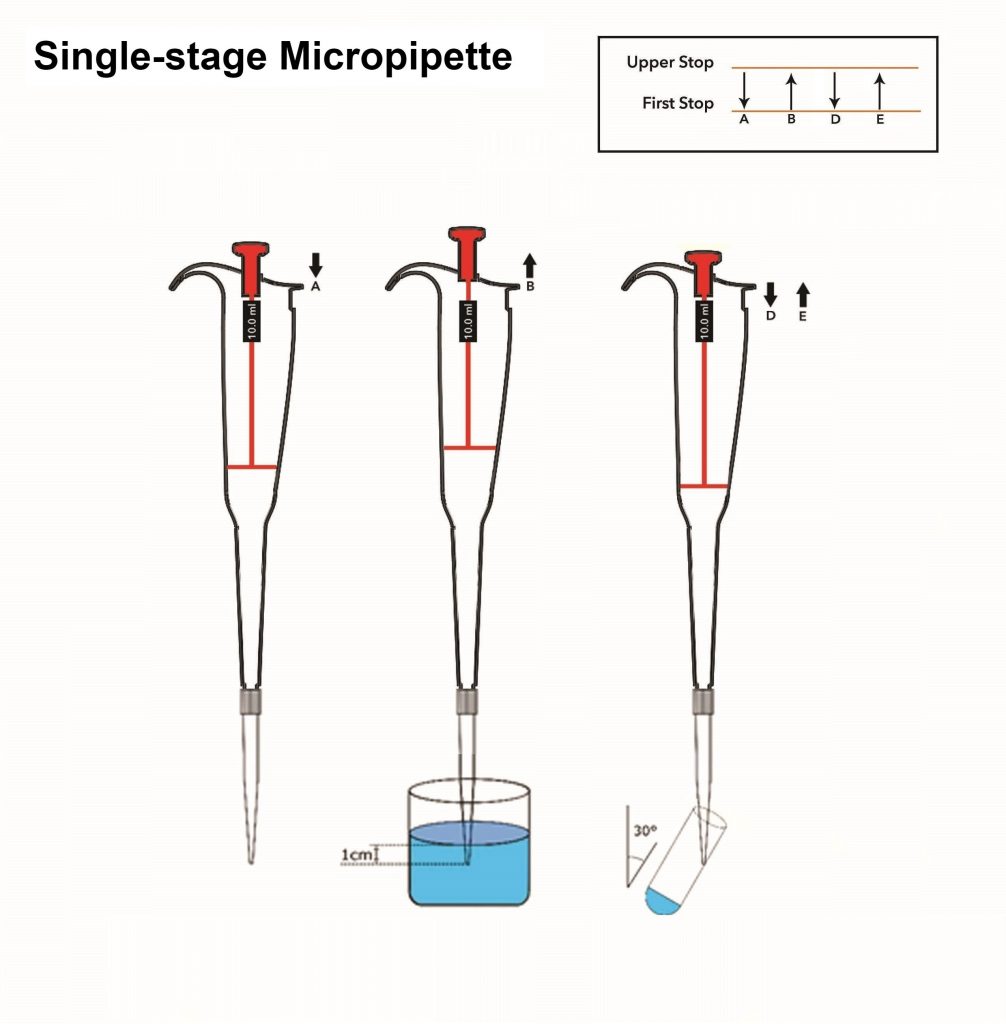
- In double-stage Lilpet, the plunger is depressed to dispense the reagent up till the first step, and then the plunger is depressed further to dispose of the last drop. It facilitates reverse pipetting and reduces the loss of reagent dispensed, thereby enhancing the accuracy of the pipette. It is, therefore, quite suitable for test kits.
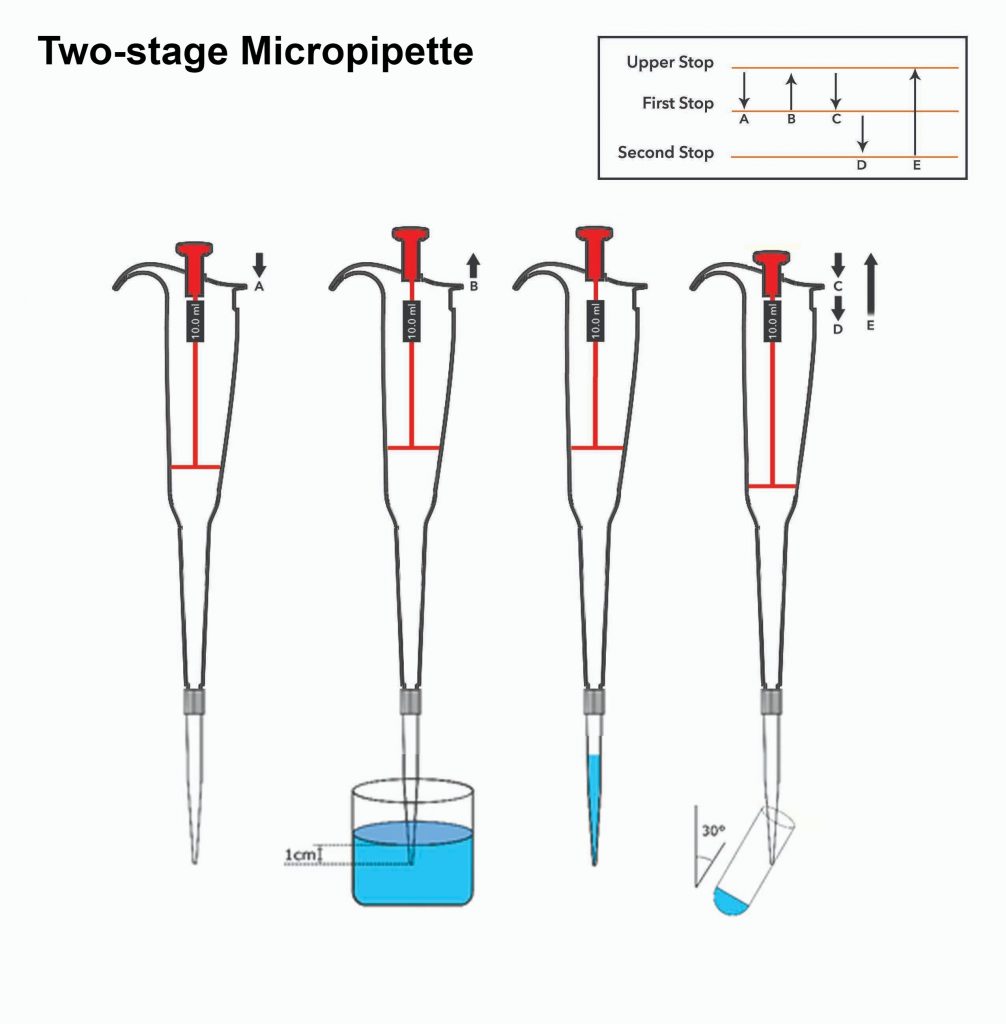
Even though two-stage micropipettes are more accurate when it comes to dispensing reagents, both the single-stage and double-stage micropipettes have very specific uses. Therefore, one must be very clear with their requirements while choosing between single-stage and double-stage micropipettes. Microlit has mastered both these pipettes that are ergonomically designed, aesthetically presentable and provide accurate and precise measurement values.
To get more information on different kinds of pipettes and purchase them, visit www.microlit.us or drop a mail at info-usa@microlit.com.
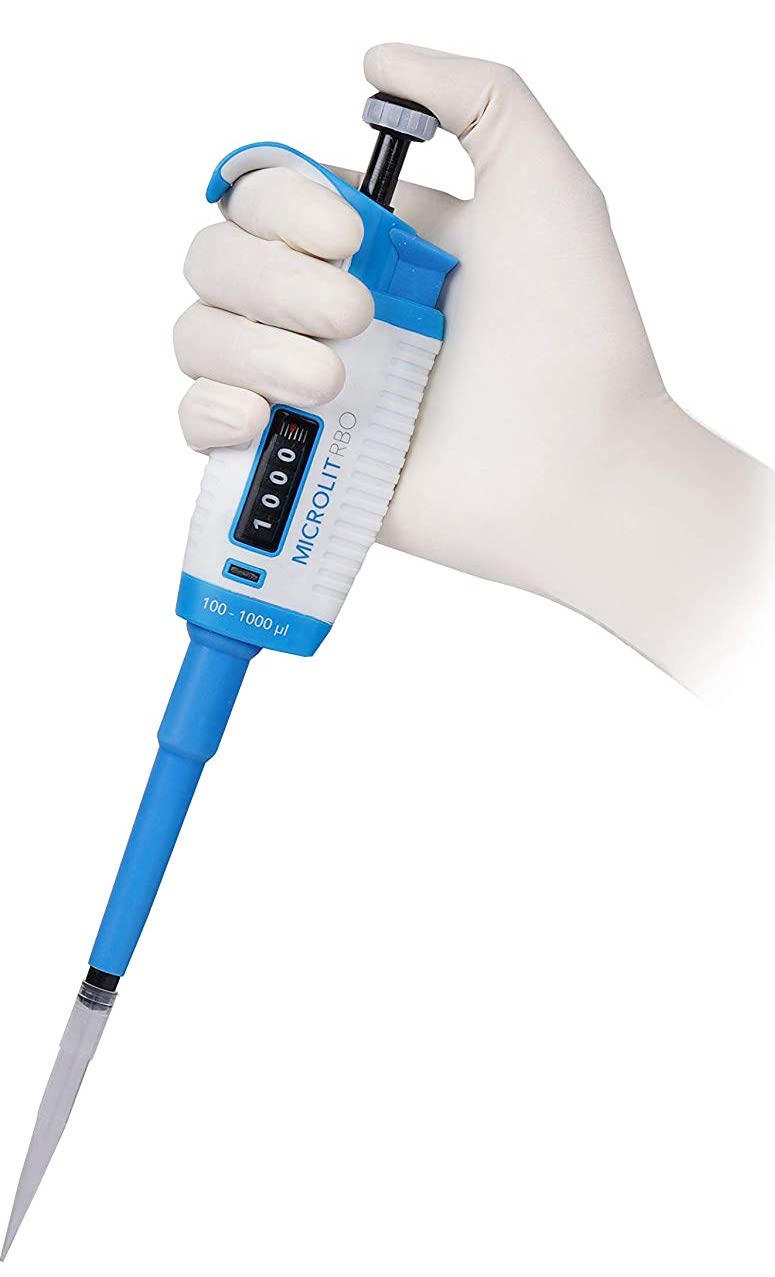





 8981
8981